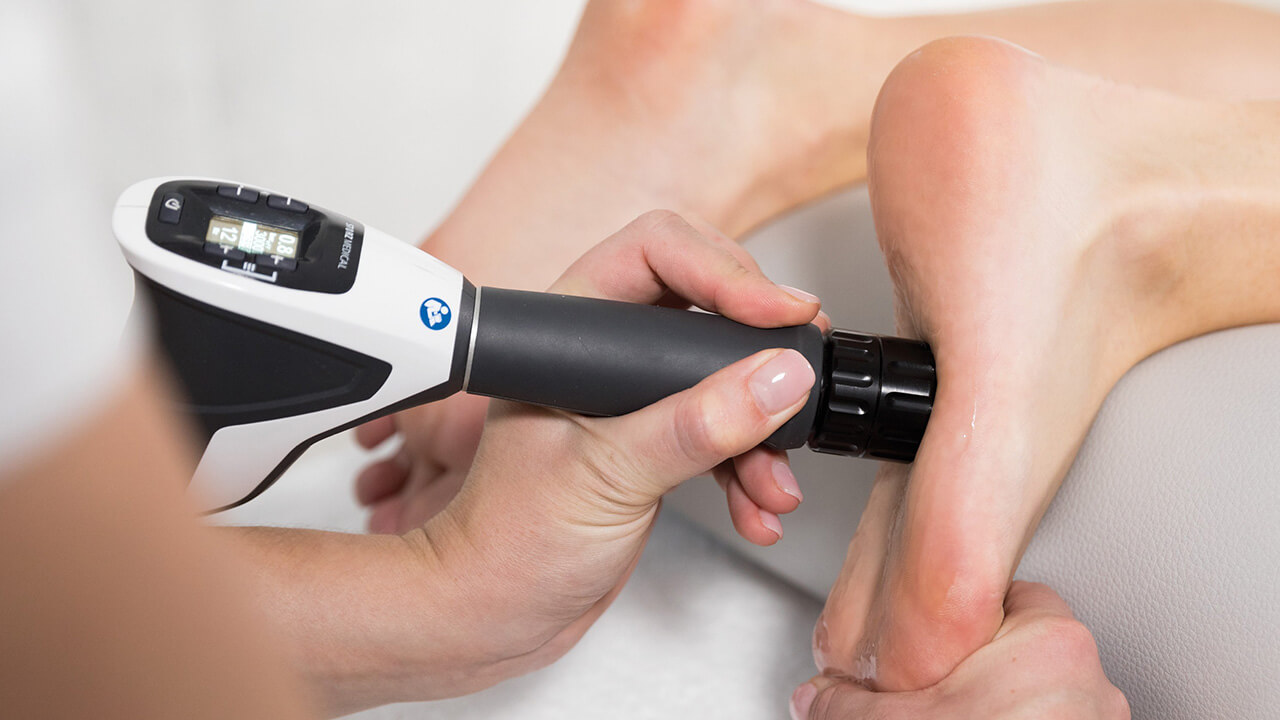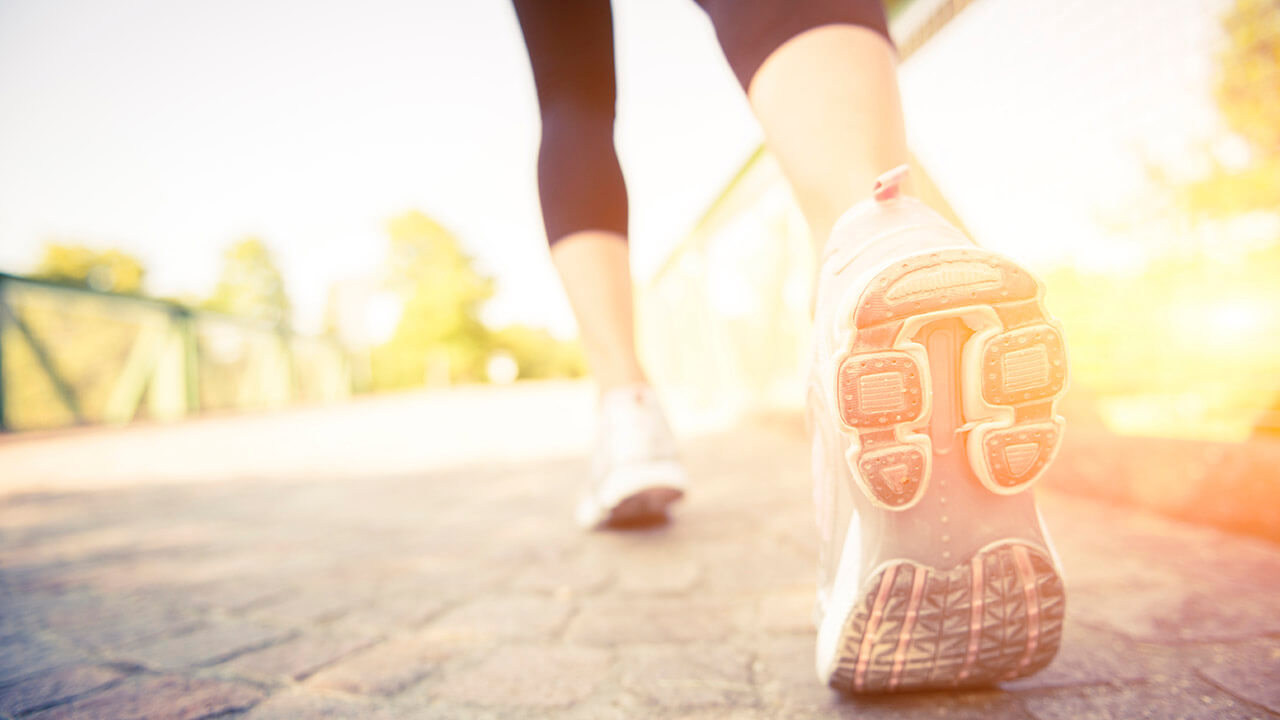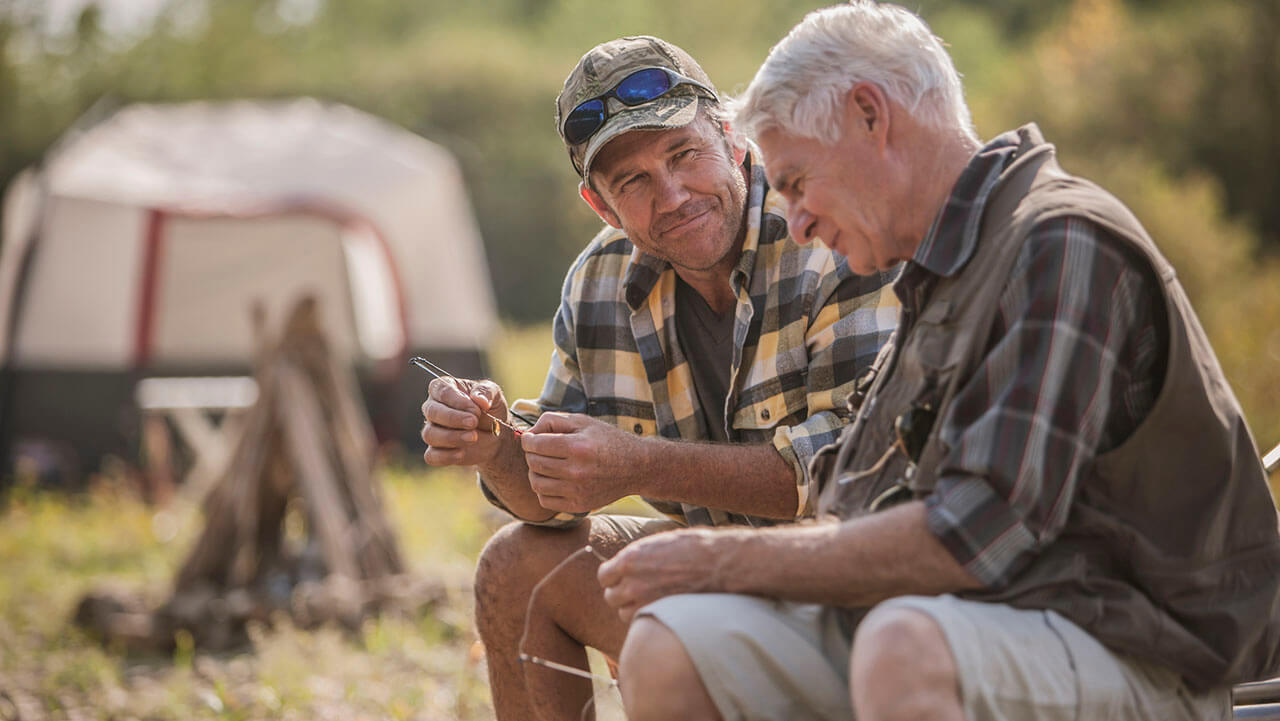

Wisconsin snowstorms can bring several inches or even a foot of snow in one day. Because of this, most of us consider ourselves to be experts in snow removal. However, no matter how expert we believe ourselves to be, a refresher course on safe snow removal is always beneficial.
Using an old-fashioned shovel to clear snow?
Done right, shoveling snow can be a great workout, but done wrong, it can lead to back strain or even cardiac arrest. Strenuous work combined with winter temperatures contributes to the rapid increase in heart attacks during winter snow falls. Here are few tips to help you shovel safely this winter:- Give it a shove: When possible, push snow instead of lifting. Specially designed shovels have a long blade with a pronounced curve specifically for pushing snow.
- If you must lift: When lifting snow, bend at the knee, crouching into a slight sitting position as you scoop. Use your knees, not your back, to lift your body and the shovel upward.
- The sooner the better: Shovel snow right after a snowfall when it’s still light and isn’t packed down.
- Hydrate: Drink water. Staying hydrated is just as important during cold-weather exercise as in the summer.
- Stretch: Do some exercises before shoveling – particularly if you are heading out first thing in the morning.
- Abstain: Avoid smoking, alcohol or caffeine while shoveling. These cause the blood vessels to shrink and put extra strain on your heart.
- Check with your doctor: If you are over 45 and are a smoker, have heart disease or high blood pressure, check with your doctor before shoveling.
Using a snow blower?
Improper use of snow blowers can cause serious injuries leading to a hospital emergency room visit. Injuries most frequently occur when users try to clear the auger/collector or discharge chute with their hands. Here are few tips to help you safely use your snow blower:- Stop the engine and use a long stick to unclog wet snow and debris from the machine. Do not use your hands to unclog a snow thrower.
- Never leave the machine running in an enclosed area.
- Add fuel to the tank outdoors before starting the machine; don’t add gasoline to a running or hot engine.
- If you have an electric-powered snow thrower, be aware of where the power cord is at all times.



